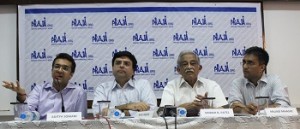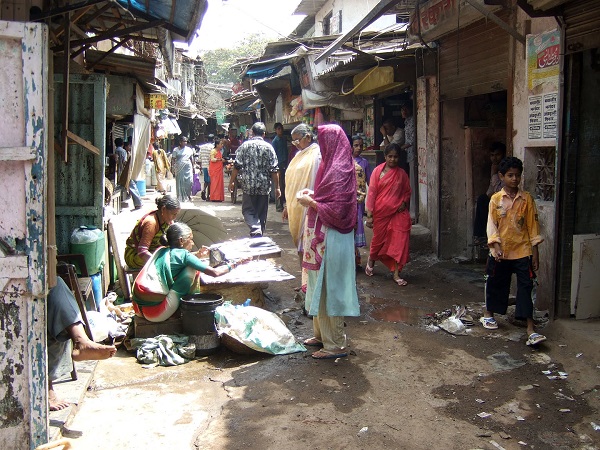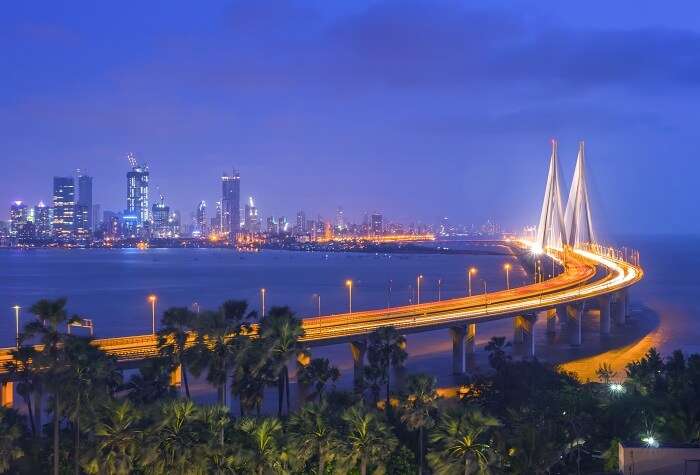Praja Foundation’s White Paper on Mumbai’s housing situation reveals a multitude of slums, homeless people and a complete lack of planning.
by The Editors | editor@themetrognome.in
In the recently held Assembly elections in Maharashtra, all the political parties acknowledged that one of the main problems that Mumbai faces is ‘Housing’. Governments in the past, including the current Government, have all come to power promising the citizens of Mumbai solutions to this problem.
The Special Township Policy, Cluster Redevelopment and Slum Rehabilitation Scheme, among others, are all projects which the Government has put forward; but unfortunately, these have not delivered much for the citizens of Mumbai – 52 lakh Mumbaikars still stay in slums!
 Releasing its first White Paper on ‘Status of Affordable Housing in Mumbai’, Nitai Mehta, Managing Trustee, Praja Foundation said, “Praja through its ‘Praja Dialogue’ project has been engaging the citizens, the elected representatives and the Government on issues that concern the citizens of Mumbai. Education, health, crime, civic issues and working of the elected representatives are the topics on which we engage with them. This year we are adding ‘Affordable Housing’ to this list.”
Releasing its first White Paper on ‘Status of Affordable Housing in Mumbai’, Nitai Mehta, Managing Trustee, Praja Foundation said, “Praja through its ‘Praja Dialogue’ project has been engaging the citizens, the elected representatives and the Government on issues that concern the citizens of Mumbai. Education, health, crime, civic issues and working of the elected representatives are the topics on which we engage with them. This year we are adding ‘Affordable Housing’ to this list.”
Affordable housing is one of the most important issues faced by Mumbai and Mumbaikars, and it is also the most complex and challenging problem of this city.
What the study finds
As per the Praja White Paper:
– 11.36 lakh households stay in slums in Mumbai, out of a total of 28 lakh households
– 15,274 homeless households
– 57 per cent households live in one room
– 8 per cent households do not even have one room, but share a room with others
– Only 203,624 units of public housing were created between the year 1995-2014
– Average cost of a 269 sq. ft. house (at minimum ready reckoner rate) is 12 times the median annual income of Mumbaikars, whereas the norm is that it should be less than four times the annual income.
Milind Mhaske, Project Director, Praja Foundation added, “The political-social-industry discourse to solve the problem of housing revolves around two extremes: one, provide free or hugely subsidised houses and second, increase FSI (Floor Space Index) thus increasing supply and rationalising costs. Since 1995 about 203,624 lakh affordable houses have been added to the stock, whereas we need atleast 11.57 lakhs houses as of today. This estimate does not even take into account the future requirements. Clearly, ‘free’ housing schemes are not providing the remedy.”
Explaining why increasing FSI (Floor Space Index), i.e. building more dwellings on the existing land is a very flawed and lop-sided solution, well known town planner and one of the earliest proponents of ‘Navi Mumbai’, Shirish Patel says, “Proponents of higher FSI in Mumbai are not taking into account aspects of density, crowding and its impact on quality of life. Increasing FSI and building more dwellings translates into need for more amenities such as road space, open spaces, educational institutions, health care facilities, work spaces and so on; and this calls for more land. Thus, if more land is provided you end up again diluting the FSI or if not provided, then you end up cramping more people in the same space without any concern for infrastructure and amenities.”
(Pictures courtesy Praja Foundation and upload.wikimedia.org)




